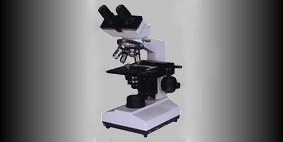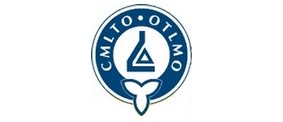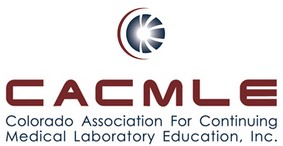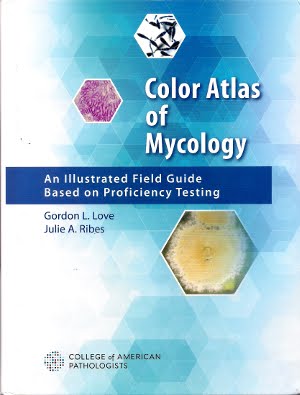Note: I first posted this photo in 2008 while bedbound and recovering from a serious injury. I had just heard about "bloging" and was just having fun playing, never thinking at that timeabout continuing this project as 'Fun with Microbiology'. Sadly, this celluloid film print doesn't show much detail. To remedy this, I have uploaded a new and improved Sporothrix schenckii complex blog post which can be found by clicking HERE. I'm sure you will find the new and improved site much more informative than this lonely photo. Y. (May 10th, 2015)
Dimorphic Fungus

Sporothrix schenckii is one of five species of thermal dimorphic fungi of medical interest. Dimorphic basically means “two forms” as the organism can express itself as a round cell yeast (>37C) or as a filamentous fungus (<37c>
In nature Sporothrix lives as a saprophyte on wood, decaying vegetation, Sphagnum moss, animal excreta and soil. It can grow on the thorns of roses and can be inoculated into the body by a prick of the thorn. The fungus can then morph to a yeast and grow in the lymph system, manifesting itself as lesions in the lymph nodes. It is often referred to as “Rose Handler’s disease”. Sporothrix can also cause lung infections.
Antifungals such as Ketoconazole may have some effect. Itraconazole shows some promise at low doses for several months. Intravenous Amphotericin B, usually the drug of last resort for fungal infections, works poorly and slowly.
The photomicrograph above shows the fungal mycelia with typical hyphae bearing conidia. The “wet preparation” is dyed with Lactophenol Cotton Blue stain for contrast. x800.

.jpg)























